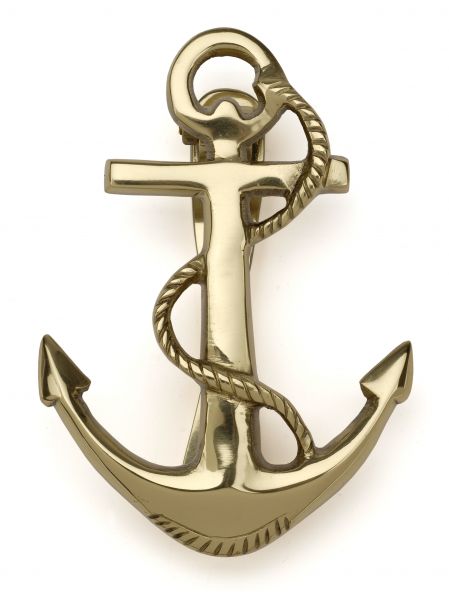SS Mendi was a steamship of the Elder Dempster Line, chartered by the British government as a troopship, which sank off the Isle of Wight in 1917 with the loss of 646 lives. The Mendi sinking is considered one of the greatest tragedies in the history of the South African military, and was one of the worst maritime disasters of the 20th century in British waters.
On 21 February 1917, during World War I, the Mendi was transporting 823 members of the 5th Battalion, South African Native Labour Corps to France. She had sailed from Cape Town via Lagos, where a gun was fitted to her stern, to Plymouth, before proceeding towards Le Havre. At 5am, while under escort of the destroyer HMS Brisk, she was struck amidships and cut almost in half by the, SS Darro (11,000 BRT), an empty meat ship that was bound for Argentina. SS Mendi sank within twenty minutes.
616 South Africans (607 of them black troops) plus 30 British crew members died in the disaster.
An excellent BBC description of the Sinking and it's resonance to this day, can be listened to HERE.
Oral history records that the men met their fate with great dignity. Their chaplain, Reverend Isaac Dyobha, is reported to have calmed the panicked men by raising his arms aloft and crying out in a loud voice:-
"Be quiet and calm, my countrymen. What is happening now is what you came to do...you are going to die, but that is what you came to do. Brothers, we are drilling the death drill. I, a Xhosa, say you are my brothers...Swazis, Pondos, Basotho...so let us die like brothers. We are the sons of Africa. Raise your war-cries, brothers, for though they made us leave our assegais in the kraal, our voices are left with our bodies."
An investigation into the accident found the captain of the Darro to be at fault for "having travelled at a dangerously high speed in thick fog, and of having failed to ensure that his ship emitted the necessary fog sound signals."
The incident remains a largely forgotten aspect of World War I, both in terms of the loss of life and in relation to the role of African labourers in the war.
The wreck was located 11.3 nautical miles from Saint Catherine's Light in 1945, but was not positively identified until 1974.
The ship is sitting upright on the ocean floor, but has started to break up, exposing her boilers. In 2006, the Commonwealth War Graves Commission launched an education resource called "Let us die like brothers" to highlight the role played by black South Africans during the World War I. Although they were treated as inferior while alive, in death they are afforded the same level of commemoration as all other Commonwealth war dead.
In December 2006, English Heritage commissioned Wessex Archaeology to undertake an initial desk-based appraisal of the wreck. The project will identify a range of areas for potential future research and serve as the basis for a possible non-intrusive survey of the wreck itself in the near future.
SS DARRO, commanded by Captain Henry Winchester Stump, which plowed into SS Mendi at high speed whilst steaming in thick fog.

No comments:
Post a Comment